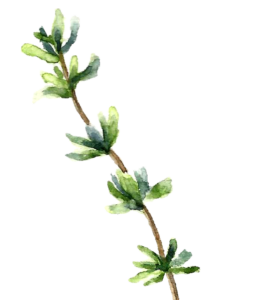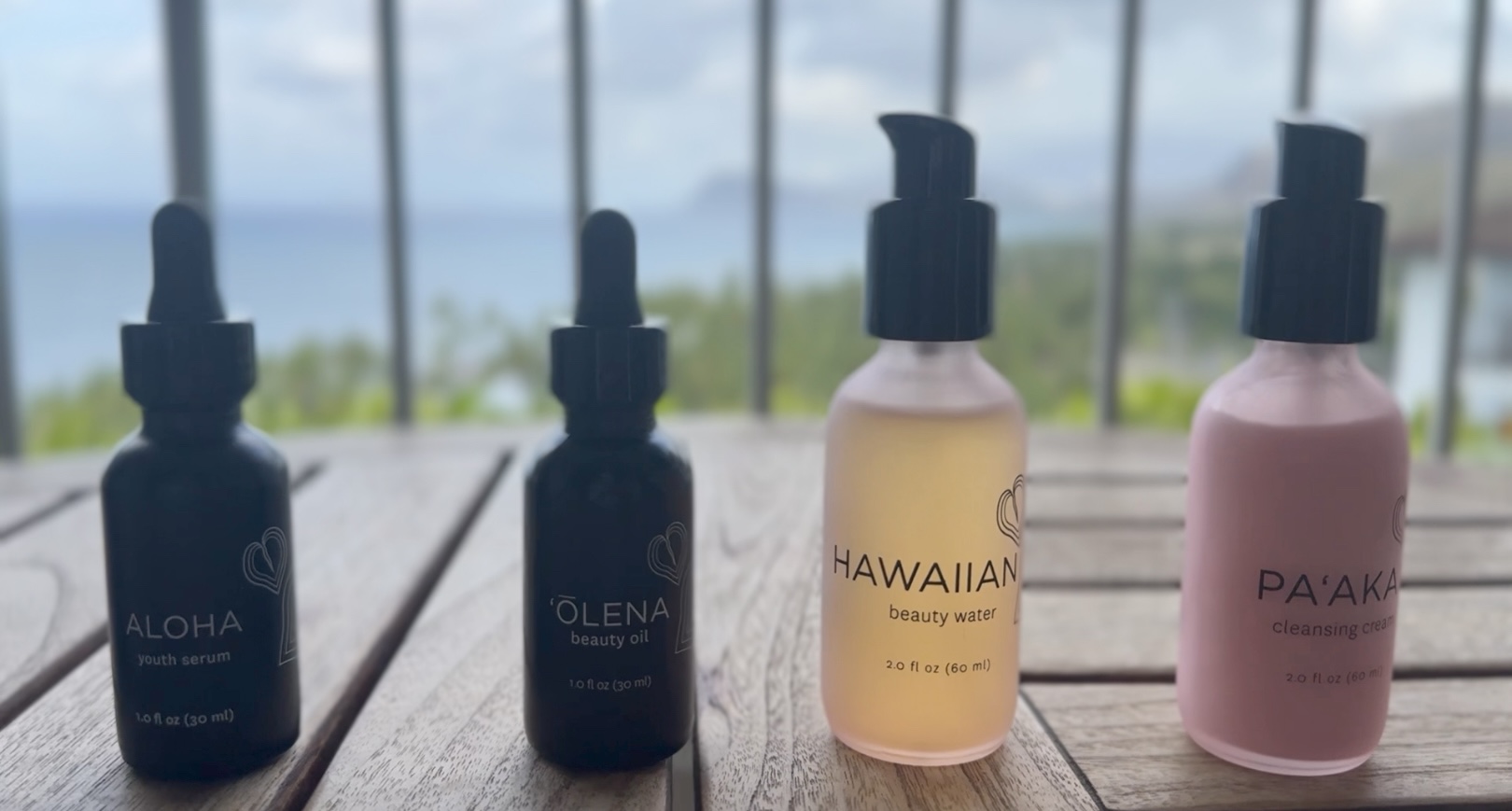A native of the western Mediterranean region, thyme has been used for its culinary, medicinal, and ornamental uses for thousands of years. Its medicinal and cosmetic applications date back to ancient civilizations.

- Ancient Egypt: The Egyptians valued thyme for its antiseptic properties and used it in the embalming process. It was also used as a remedy for coughs, digestive problems, and as a general tonic to promote health and vitality. The Egyptians recognized its ability to soothe the skin and treat wounds, and it was sometimes incorporated into skincare products.
- Ancient Greece and Rome: In both Ancient Greece and Rome, thyme was regarded as a symbol of courage and strength. Soldiers would often wear thyme as a garland, and it was used to create infusions or ointments to treat wounds and ease muscle pain. Greek physician Hippocrates recommended thyme for its medicinal qualities, especially as a remedy for respiratory conditions, as well as for digestive and skin ailments. Roman baths frequently included thyme in the herbal mixtures used for cleansing and rejuvenating the body.
- Middle Ages: During the Middle Ages, thyme was widely used in European herbal remedies to treat infections, digestive issues, and fatigue. It was also considered a powerful herb for purifying the air, and thyme was often burned in homes to ward off illness. Its use in beauty treatments was also widespread, as thyme was believed to improve skin health, tone, and elasticity. It was used in face masks, balms, and ointments for its antibacterial and anti-inflammatory properties.
- Traditional Chinese Medicine (TCM): While thyme is not native to China, its use has become integrated into some forms of Traditional Chinese Medicine, especially as part of herbal formulas to balance the body’s energy and treat digestive and respiratory conditions. Its antimicrobial and soothing properties have made it an ingredient in topical ointments for skin irritations and wounds.
Modern Use of Thyme for Beauty & Wellness
Today, thyme continues to be a popular herb in both beauty and healing. In skincare, thyme oil is praised for its ability to combat acne, eczema, and other skin irritations due to its antibacterial and antioxidant properties. Thyme has also been used in hair care, with thyme oil being added to shampoos and conditioners to promote scalp health and reduce dandruff.
Thyme’s historical uses span across many cultures, valued for its healing properties, and continues to be a key ingredient in both traditional and modern wellness routines.
How To Use Thyme For Your Food
This delicate but penetrating herb is the perfect flavor enhancer. Whether fresh or dry, it is an excellent source of vitamin A and C, and it’s rich in iron, manganese, and fiber – all great for boosting your immunity. And with many varieties available including lemon, orange, and French thyme, it’s hard not to use them in your favorite recipes.
How To Use Thyme For Your Body
Sometimes our body needs healing from inside out, and this evergreen plant can help. Aside from supporting the immune system, it also aids the respiratory, nervous, and digestive systems. Its essential oil form, highly antimicrobial, can help fight sore throats, and treat eczema. Your hair benefits, too. The herb’s elements can help prevent hair loss and richen your hair strands.
How To Use Thyme For Your Environment
You know that feeling you get when you enter a fresh and clean place? Soothing, right? The herb’s therapeutic properties can help keep you and your home feeling relaxed. Its active substance carvacrol is known to affect neuron activity, boosting your mood.



